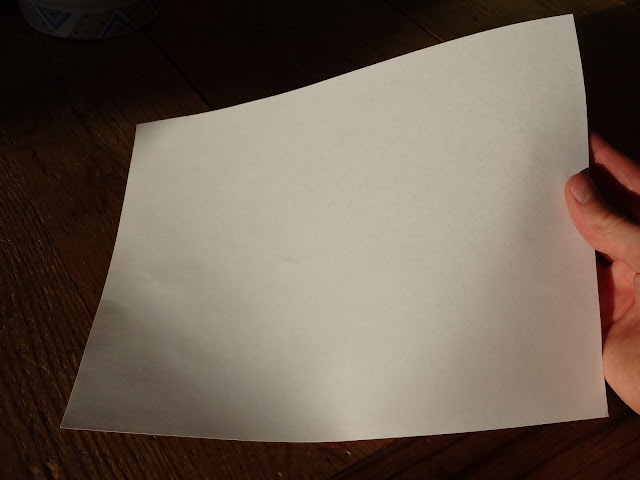Recently, Google released a new map system to allow for a 3D Earth view. The new maps depict Earth as a 3D planet, and allow users to explore mountains and cities in 3D. At first, Google Earth could be downloaded and installed on a computer, but now it is available at maps.google.com for Google users to use without downloading it.
To try the new maps, sign in to your Google account and go to maps.google.com. In the tab on the left, click "Get it now" where it describes the new Google maps. If you do not see the button, try typing "new maps" into the search bar and pressing Enter. The "Get it now" button should appear above the results.


My photograph of the Grand Canyon on left, Google Earth's Grand Canyon on right
(same location)
(same location)
I really like the new maps. Besides being able to explore the Grand Canyon or Mount Everest, I especially like what happens when I zoom out all the way: Earth becomes visible with a lit side and a shadowed side, and the blackness around the planet is filled with stars that correspond to the actual positions of stars in the sky. The dark side of the planet is filled with city lights, just as the real planet would have, and both the light and dark sides of the planet contain clouds in the actual positions of clouds on the real planet. It is amazing.
The lighting of the planet, as well as the position of the sun relative to the other stars, is beautifully accurate. I was very impressed that Google even included the planets in the starry sky.
At closer zoom levels, finer details are visible. In most places, only the terrain is 3D, and the houses are steam-rolled flat to the ground. In other places, however, Google used a special algorithm using visual data to detect 3D structures such as houses or trees. In these areas, the scenery is much more impressive. It may look like a cheap video game, but when you realize that the houses and trees were built using computer software and photographs, it is very amazing.
 |
| Racine, WI, near Lake Michigan; notice the 3D structures |
1. Sometimes, adjacent satellite images are tinted differently, resulting in a striped landscape
2. The bumps on the ocean floor are treated as mountains, so when viewing the ocean at an angle, it looks bumpy and unrealistic
3. There's no way to hide the labels
4. Countries look the same in Summer as in Winter, even when zoomed out completely
So that's what I have to say about Google Earth. Have anything you'd like to add? Leave a comment!

 On Khan Academy, a while ago, I wrote a program that would allow users to draw a picture, and then the program would generate another program which they could copy and paste and save. The new program would animate the drawing of the same picture. The program was named "Art Maker".
On Khan Academy, a while ago, I wrote a program that would allow users to draw a picture, and then the program would generate another program which they could copy and paste and save. The new program would animate the drawing of the same picture. The program was named "Art Maker".











































